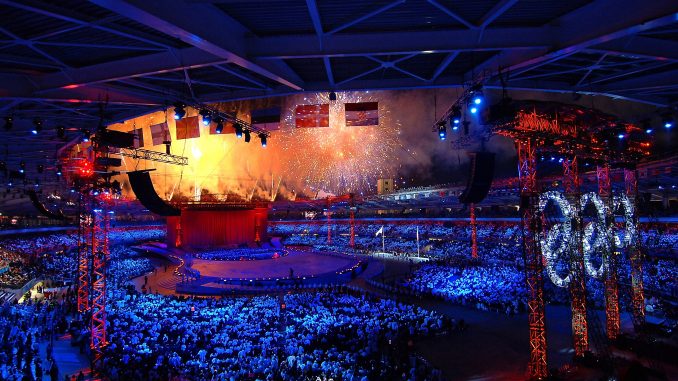#Episode3 – The big event
#30yearsforsmartmobility
In 2006 Torino is at the center of the world: from February 10 to 26 the city hosts the XX Olympic Winter Games.
The project with which Torino is selected was revolutionary in the history of the Olympics. In fact, it is proposed to divide the competition between the capital and the mountain resorts with the aim of making the event as accessible as possible to the greatest number of people, overcoming the tradition of hosting them in ski areas. To achieve this new vision, the facilities are divided between the city and the mountains of Val di Susa and Val Chisone: the city hosts all the typically indoor sports, while the outdoor ones in the mountains.
A challenging proposal, also in terms of mobility and transport.
On the infrastructural front, the first section of the Torino Metro is completed (inaugurated on February 4, 2006) and investments are made in the modernization and expansion of 11 state and provincial roads that connect Turin with the Olympic valleys.
But how to manage the exceptional flows of people and vehicles in those two weeks?
The Torino 2006 organizers decides on 5T: its center is at the forefront in Europe, is already equipped with a good urban infrastructure network, is integrated with the public transport service and already provides information services to citizens.
But that’s not enough. The management of a great event like the Olympics is always complex and for this edition it is more because the approach is completely new: it is a vast area with different territorial and road contexts (city / mountain) and implies to work with different operators (from highway authorities, urban and suburban public transport companies, police forces, organizers and parking operators).
The strategies implemented during the event are purely focused on park&ride and train&ride schemes to minimize vehicular traffic as much as possible and favor public transport services instead.
The infrastructural network also extends into the Olympic valleys: 85 variable message sign panels, 23 traffic cameras and 46 traffic flow measurement stations are installed. Other devices are also installed in the city, in addition to the existing ones: during the event, the Traffic Operation Center of the Olympics manages 170 intersections, 26 variable message panels (VMS), 18 mobile VMS panels, 1300 traffic detection stations, 50 cameras , 9 electronic gates of the Limited Traffic Zone, 6 lanes for speed control. Moreover it receives data in real time from 1,300 buses and trams and provides information to citizens through the panels, on the website www.5t.torino.it and also with a new brand trip planner for travelling by public transport.
For two weeks, every day, 24 hours a day.
Torino 2006 was exceptional, and set a new basis for something bigger for 5T in the near future.

